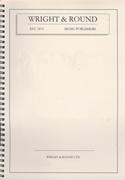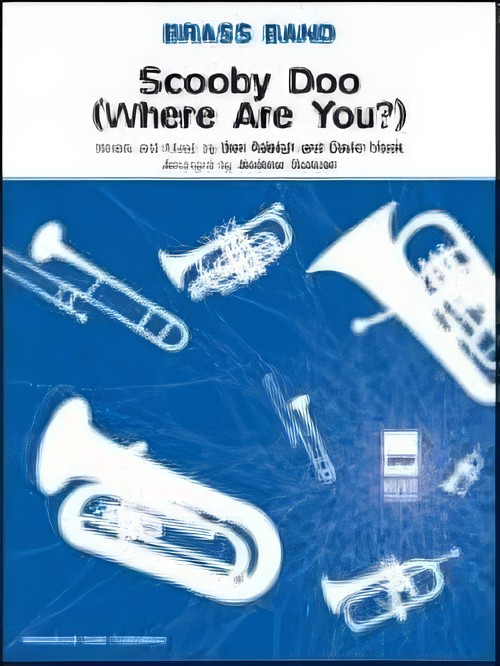Results
-
 £39.95
£39.95SALOME (Brass Band Set) - Wood, Gareth
Swiss Brass Band Championships 2012 1st Section
Estimated dispatch 7-14 working days
-
 £32.95
£32.95SALT LAKE CITY SAMBA (Brass Band) - Siebert, Edrich
Set of Parts inc Full score. Skillfully written for Junior Brass Band
Estimated dispatch 7-14 working days
-
 £16.00
£16.00Sandon (Air Varie) (Solo Cornet/Brass Band)
Cornet Solo with brass Band
Estimated dispatch 7-14 working days
-
 £32.95
£32.95SANTA FE TRAIL (Brass Band) - Siebert, Edrich
Set of Parts inc Full score. Skillfully written for Junior Brass Band
Estimated dispatch 7-14 working days
-
 £78.40
£78.40SARAJEVO (Brass Band) - Voegelin, Fritz
Symphonic poem for Brass Band. Grade: Advanced.
Estimated dispatch 7-14 working days
-
 £26.50
£26.50Scenes That are Brightest (Solo Cornet/Brass Band)
Cornet solo with Brass Band
Estimated dispatch 7-14 working days
-
 £40.00
£40.00Scooby Doo (Where are You?) (Brass Band - Score and Parts) - Mook & Raleigh - Duncan, Andrew
A classic arrangement of the theme tune to the 1960s cartoon Scooby Doo, arranged for brass band by Andrew Duncan.Suitable for Advanced Youth/3rd Section Bands and aboveDuration: 5.00
Estimated dispatch 7-14 working days
-
 £75.90
£75.90SCOTS MISCELLANY, A (Brass Band Set - Score and Parts) - Fernie, Alan
National Finals of the British Brass Band Championships 2009 2nd Section test piece. A Suite in 3 Movements: The Smiling School for Calvanists; Regards to G. Robin Henderson, Esq. of Caithness; John Whyte's Reel.
Estimated dispatch 7-14 working days
-
 £56.00
£56.00Semplicette (Cornet Solo with Brass Band - Score and Parts) - Fernie, Alan
Slightly reduced Brass Band instrumentation (no rep cornet, no 2nd horn, no 2nd trombone part)
Estimated dispatch 7-14 working days
-
 £56.00
£56.00Sgt. Pepper's Lonely Hearts Club Band (Brass Band - Score and Parts) - Lennon & McCartney - Hume, Rob J.
Slightly reduced Brass Band instrumentation (no rep cornet, no 2nd horn, no 2nd trombone part)
Estimated dispatch 7-14 working days
